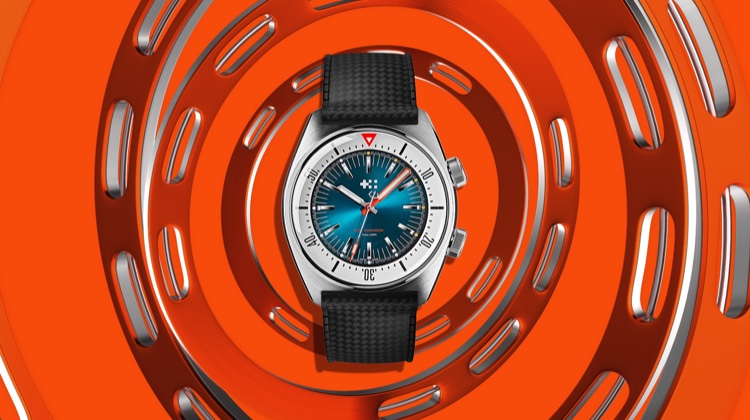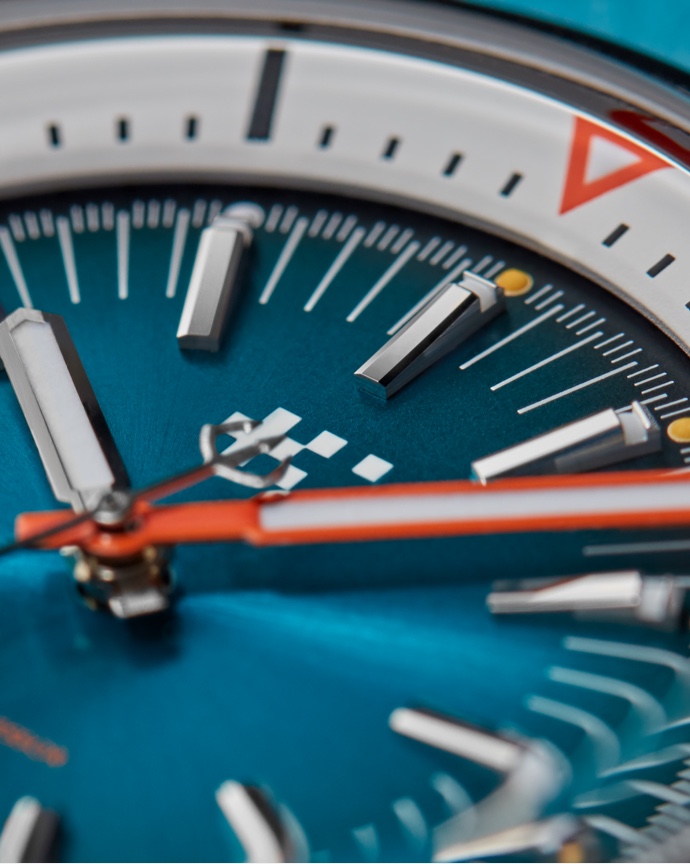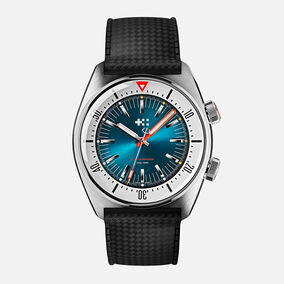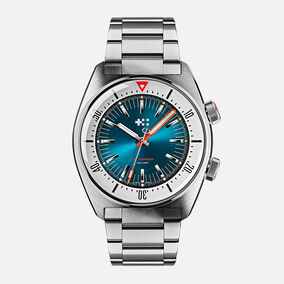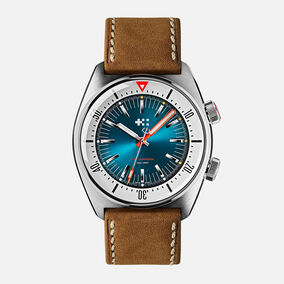Christopher Ward has gone the extra league to revive the legendary Super Compressor case and we asked the most discerning journalist in the watch industry to review it.
Numerous gambits are used by watch companies to distinguish their products from those of their rivals. The most obvious are aesthetic – unusual dial colours or championing new strap types – and which are harmless, commercially savvy, usually affordable and address fashion, style or taste.
More serious, though, are the technical elements, which have, for the past 30+ years, included the unearthing of obscure complications or inventing new ones, obsessing over tourbillons, or fixating on bizarre materials. Most of these are either spurious or genuinely useless. Do we really need a watch that’s water-resistant to 4000m?
What deserves all the kudos the cognoscenti can muster, on the other hand (or wrist), are features which actually provide real benefits. This writer is notorious for his contempt of most complications, never imagining when I will need, for example, moon phase, but one horological mentor impressed upon me the single most important element in keeping a watch healthy: case integrity. While wristwatches have been around for over a century, and the majority of quality timepieces have commendably robust cases, notably Rolex’s Oyster, Bremont’s Trip-Tick and Panerai’s Luminor, one of the toughest and most admired seems to have been lost in the mists of, er, time.


Like so many other casualties of the Quartz Crisis, when that technology all but wiped out the entire mechanical watch industry, the Super Compressor case was a victim of one of the most cataclysmic developments in timekeeping. Despite its wide acceptance among a vast range of manufacturers of sporting timepieces, including many of the most respected brands in the diving watch pantheon, the Super Compressor (and the slightly less-robust, non-super variants) simply fell by the wayside. It was forgotten by all but the most dedicated of connoisseurs and collectors.
Like so many other casualties of the Quartz Crisis, when that technology all but wiped out the entire mechanical watch industry, the Super Compressor case was a victim of one of the most cataclysmic developments in timekeeping. Despite its wide acceptance among a vast range of manufacturers of sporting timepieces, including many of the most respected brands in the diving watch pantheon, the Super Compressor (and the slightly less-robust, non-super variants) simply fell by the wayside. It was forgotten by all but the most dedicated of connoisseurs and collectors.
As values of vintage models began to creep up, especially for those Super Compressor-cased watches from prestigious brands such as IWC, Jaeger LeCoultre and Longines, something curious happened: the Super Compressor emerged as a design icon, however niche. For the watch industry, which has – ever since the revival of interest in mechanical timepieces started in the early 1990s – revelled in reissuing its classics, many models which were originally Super Compressor-cased were suddenly back in their catalogues.
The Super Compressor emerged as a design icon
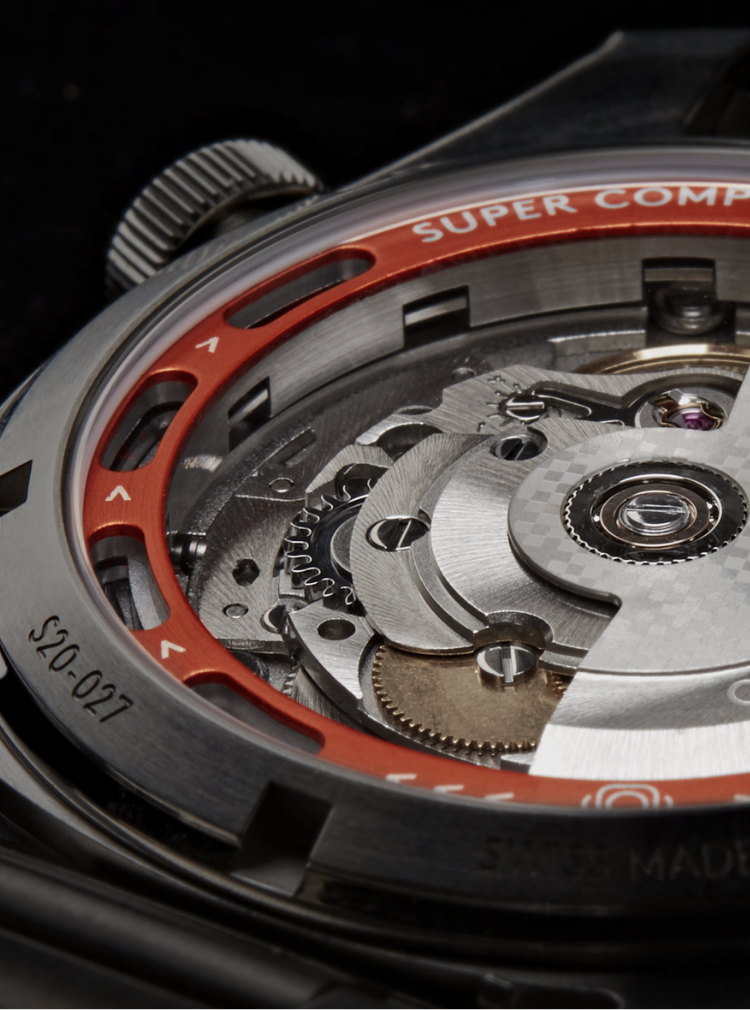
Unfortunately, the reissues reproduced only the look, especially that of the models with two crowns, with one for time-setting and winding, the other for the rotating inner bezel. Christopher Ward has, bravely, decided to go the whole hog with the new C65 Super Compressor, arguably the first new, true Super Compressor-cased watch in a half-century. The company calls it a “labour of love” and that is no exaggeration, given what is involved.
Co-founder and CEO Mike France and head of product design Adrian Buchmann acquired an original Super Compressor case, which the team in Switzerland reverse-engineered, aided and abetted by original drawings. France and Buchmann, however, realised that the resultant timepiece had to be a Super Compressor for the 21st century. It would benefit from lubricants and seals not available to its makers in the period from the mid-1950s to the early-1970s. But any changes would aggravate the pedants and purists.
When asked why the C65 Super Compressor featured an exhibition caseback, France said, “We wanted to do something never done before, to allow people to see the compression spring that allows the compressor action. Even though the spring is only 300 microns thick – roughly four times the thickness of a human hair – those with good eyesight (or if you’re like me, a loupe) can see the spring sitting within the compressor ring. I think that’s pretty cool.” Further to disarm purists, he adds, “As you know, with the exacting standards of our modern case manufacture, a sapphire crystal back plate offers the same water resistance as a steel or titanium one.”
When asked why the C65 Super Compressor featured an exhibition caseback, France said, “We wanted to do something never done before, to allow people to see the compression spring that allows the compressor action. Even though the spring is only 300 microns thick – roughly four times the thickness of a human hair – those with good eyesight (or if you’re like me, a loupe) can see the spring sitting within the compressor ring. I think that’s pretty cool.” Further to disarm purists, he adds, “As you know, with the exacting standards of our modern case manufacture, a sapphire crystal back plate offers the same water resistance as a steel or titanium one.”

Another change from the original, which relied on superior O-rings, was fitting a screw-down crown. Explains France, “This has become one of the features watch reviewers often tick off as being a requirement on a modern watch. Even though it isn’t necessary for optimum water resistance, given the modern tolerances of the case and the high quality of modern gaskets, we wanted our customers to have a real sense of security which a screw-down crown gives, so we made an early decision to include it in the design.”
As for the lack of screw-down capability on the crown that operates the rotating inner bezel, he says, “It’s not necessary as it’s a single position crown – it doesn’t open – and it needs to be easy to used by the diver, which a screw-down crown isn’t. Although the chance of water ingress is remote, we have further added to the water resistance by using four gaskets in total around this crown: two outer and two internal. Your average duck would be more than happy with this arrangement.”
Another change from the original, which relied on superior O-rings, was fitting a screw-down crown. Explains France, “This has become one of the features watch reviewers often tick off as being a requirement on a modern watch. Even though it isn’t necessary for optimum water resistance, given the modern tolerances of the case and the high quality of modern gaskets, we wanted our customers to have a real sense of security which a screw-down crown gives, so we made an early decision to include it in the design.”
As for the lack of screw-down capability on the crown that operates the rotating inner bezel, he says, “It’s not necessary as it’s a single position crown – it doesn’t open – and it needs to be easy to used by the diver, which a screw-down crown isn’t. Although the chance of water ingress is remote, we have further added to the water resistance by using four gaskets in total around this crown: two outer and two internal. Your average duck would be more than happy with this arrangement.”
Examining pre-production examples, this fan of Super Compressors noted the appeal of its svelte 41mm case. The view through the back affords the opportunity to examine the compressor spring encircling the Sellita SW200 automatic movement; it’s orange so you can’t miss it. Orange is also used to accent the crown for the inner bezel, the triangle at 12 o’clock, the minute hand and the tip of the seconds hand – chosen for optimum legibility. Seasoned Super Compressor fans will have much to admire.
Two more equally remarkable aspects of the C65 Super Compressor project must be added to the fact the Super Compressor was revived with such authenticity. The first is that it was achieved in under two years, from the moment in October 2018 when customer Marc Schulteis posited the idea, until production models reached customers’ wrists. The second is that the price – for a brand-new Super Compressor watch – is less than one would pay for even a well-used original. Impressed? No, make that compressed.
Examining pre-production examples, this fan of Super Compressors noted the appeal of its svelte 41mm case. The view through the back affords the opportunity to examine the compressor spring encircling the Sellita SW200 automatic movement; it’s orange so you can’t miss it. Orange is also used to accent the crown for the inner bezel, the triangle at 12 o’clock, the minute hand and the tip of the seconds hand – chosen for optimum legibility. Seasoned Super Compressor fans will have much to admire.
Two more equally remarkable aspects of the C65 Super Compressor project must be added to the fact the Super Compressor was revived with such authenticity. The first is that it was achieved in under two years, from the moment in October 2018 when customer Marc Schulteis posited the idea, until production models reached customers’ wrists. The second is that the price – for a brand-new Super Compressor watch – is less than one would pay for even a well-used original. Impressed? No, make that compressed.
Related watches
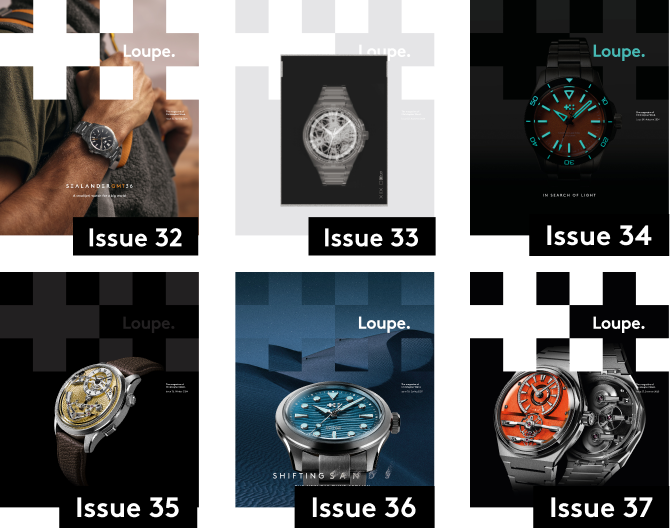
Sign up to Loupe magazine
Loupe is Christopher Ward’s quarterly in-house magazine. If you want to know what’s happening at CW (and you love great journalism), this is where to start. Alternatively, you can read all our back issues on your computer, tablet or phone.
Order your free copyRead Loupe online
